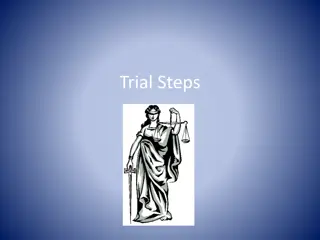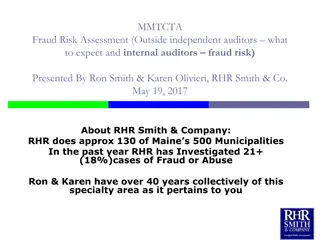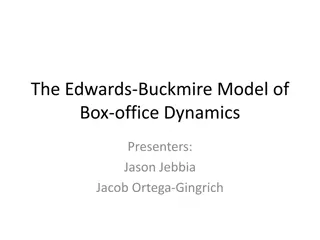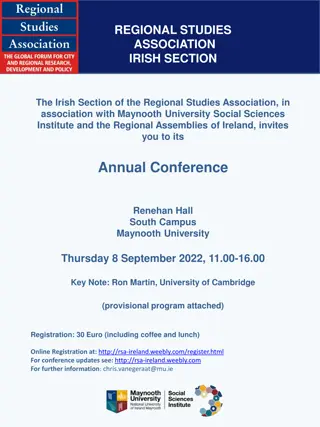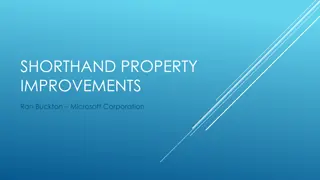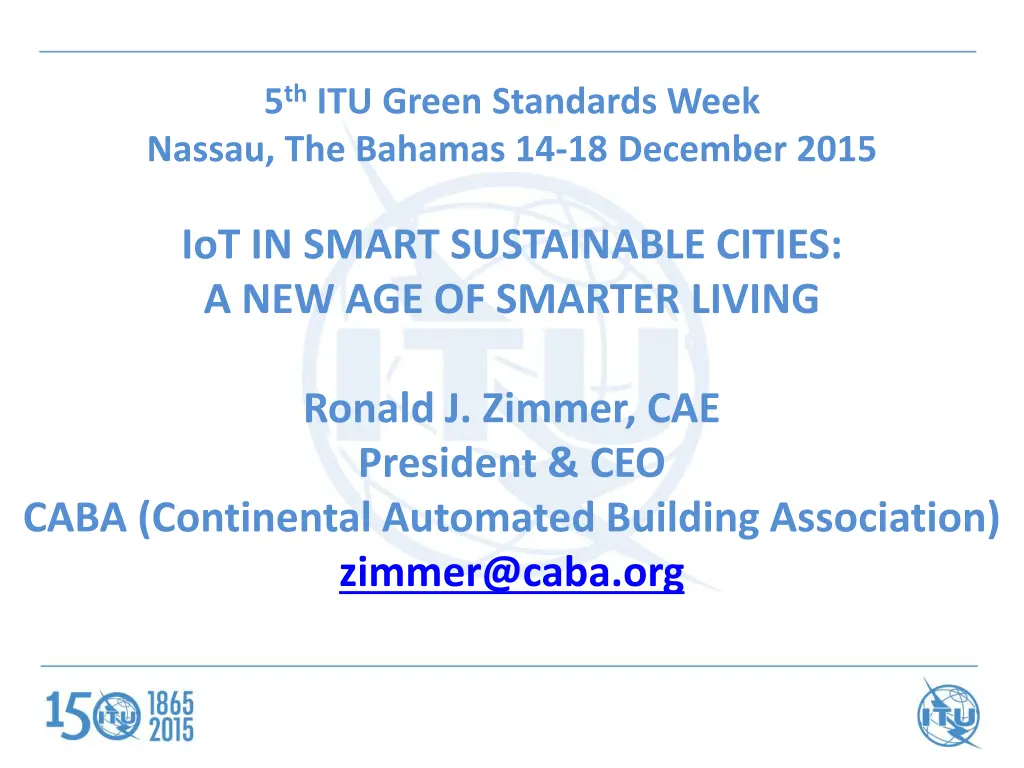
Smart Sustainable Cities: IoT in Smarter Living
Explore the latest trends and initiatives in smart sustainable cities, focusing on IoT technologies for smarter living. Discover key figures, recommendations for zero net energy buildings, and insights on the future of building automation. Join industry experts at the ITU Green Standards Week in Nassau for an insightful discussion on sustainable urban development.
Download Presentation

Please find below an Image/Link to download the presentation.
The content on the website is provided AS IS for your information and personal use only. It may not be sold, licensed, or shared on other websites without obtaining consent from the author. If you encounter any issues during the download, it is possible that the publisher has removed the file from their server.
You are allowed to download the files provided on this website for personal or commercial use, subject to the condition that they are used lawfully. All files are the property of their respective owners.
The content on the website is provided AS IS for your information and personal use only. It may not be sold, licensed, or shared on other websites without obtaining consent from the author.
E N D
Presentation Transcript
5th ITU Green Standards Week Nassau, The Bahamas 14-18 December 2015 IoT IN SMART SUSTAINABLE CITIES: A NEW AGE OF SMARTER LIVING Ronald J. Zimmer, CAE President & CEO CABA (Continental Automated Building Association) zimmer@caba.org
CABA Board of Directors CABA Vision Statement CABA accelerates growth in the connected home and intelligent buildings sectors. 2
Three Key Figures % of 2050 Building Stock already built % of all Energy used in Buildings Target for Reduction in CO2 Emissions by 2050 40% 80% 80% A very high proportion of energy savings will need to come from buildings Much of this needs to come from buildings that already exist 3 Source: BSRIA - Market Trends and Generation-Z Expectations for Smart, Reduced Carbon Buildings 3
Trends for Smart Buildings Smart homes Controls on plant Cloud connected Analytics / Cloud / Cybersecurity IoT IP Networks / Wireless Comms. Controls Decentralization / Integration Module / Off-site construction Mobility / Apps LED / Intelligent luminaires Wearables Source: BSRIA - Market Trends and Generation-Z Expectations for Smart, Reduced Carbon Buildings 4
Background Getting to Zero Net Energy Buildings A Zero Net Energy (ZNE) building generates as much energy as it consumes annually. Also known as Net Zero Energy. Zero = nothing Net = On-site Energy Production (renewable) minus Energy Use, over 1 year Energy = All energy (electric, gas, steam, liquid fuel etc.) consumed on site Source: New Buildings Institute (NBI) - Zero Net Energy Building Controls Characteristics, Energy Impacts, and Lessons 5
Five Recommendations 1. Prioritize Passive Strategies then layer in controls to optimize the whole building outcomes 2. Integrate the Controls Contractor controls contractor needs to be a primary team member from design through occupancy 3. Increase Operator Training and Support bring controls training and improved hand-off documentation to operators and ongoing access to the design team and controls contractor 4. Provide Occupants Control but Backup with Default Settings occupants want some engagement and control access but a hybrid system that returns controls to default settings and Off is necessary 5. Build Industry Awareness and Knowledge of Emerging Trends of a) integrated, wireless and adaptive controls, b) feedback and dashboards, c) DC systems and renewable integration, d) utility load management, price and program issues, and e) ZNE policy drivers Download the Zero Net Energy Buildings Controls Characteristics, Energy Impacts and Lessons Report at: http://www.caba.org/CABA/Research/Zero-Net-Energy-Buildings.aspx 6
$8,000 US$3.5bn World BEMS* Market growing at 14% CAGR Global BEMS Market Value 2014 Total BEMS Market Value $8,000 $7,000 $6,000 $5,000 $4,000 $3,000 $2,000 $1,000 $0 EU, 1,550, 45% Rest of World, 764, 22% Million US Dollars USA, 1,158, 33% * Building Energy Management Systems Source: BSRIA Quarterly Update Dec 2014 7
The Internet of Things (IoT) 25 billion devices connected to the Internet by 2015 and 50 billion by 2020 (Cisco) expected to grow at a CAGR of 31.72% to pass 17 billion 2014- 2019 (TechNavio) IoE Creates $14.4 Trillion of Value at Stake for Companies and Industries (Cisco) 15 billion devices will be communicating over the network by the year 2015 (IDC) Our IoT world is growing at a breath-taking pace -- from 2 billion objects in 2006 to a projected 200 billion by 2020 (Intel) 8
Contact CABA Continental Automated Buildings Association (CABA) 1173 Cyrville Road, Suite 210 Ottawa, ON K1J 7S6 613.686.1814 Toll free: 888.798.CABA (2222) Fax: 613.744.7833 caba@caba.org www.CABA.org www.twitter.com/caba_news www.linkedin.com/groups?gid=2121884 Download the Life Cycle Costing of Intelligent Buildings Report at: http://www.caba.org/lccib 9











